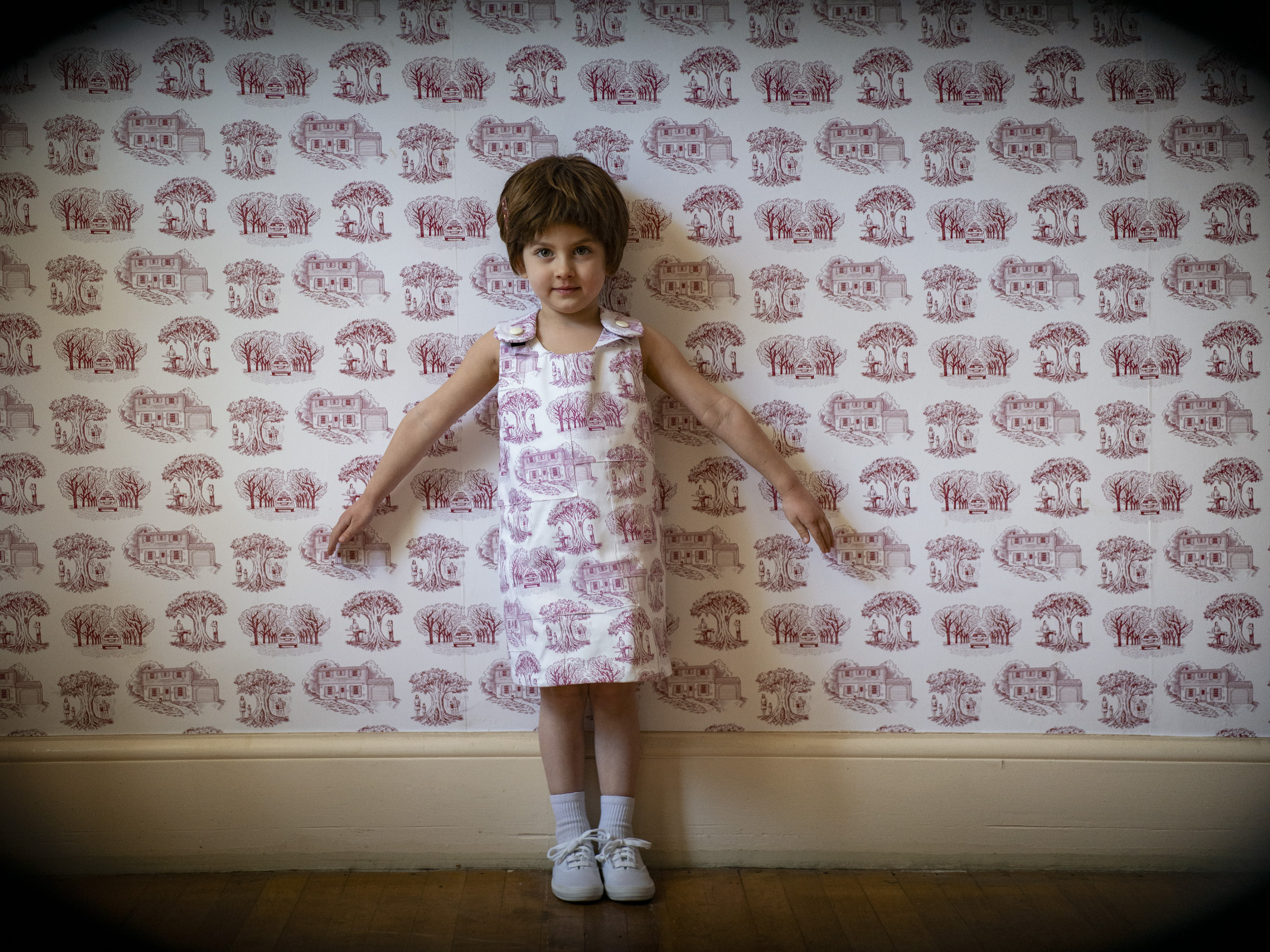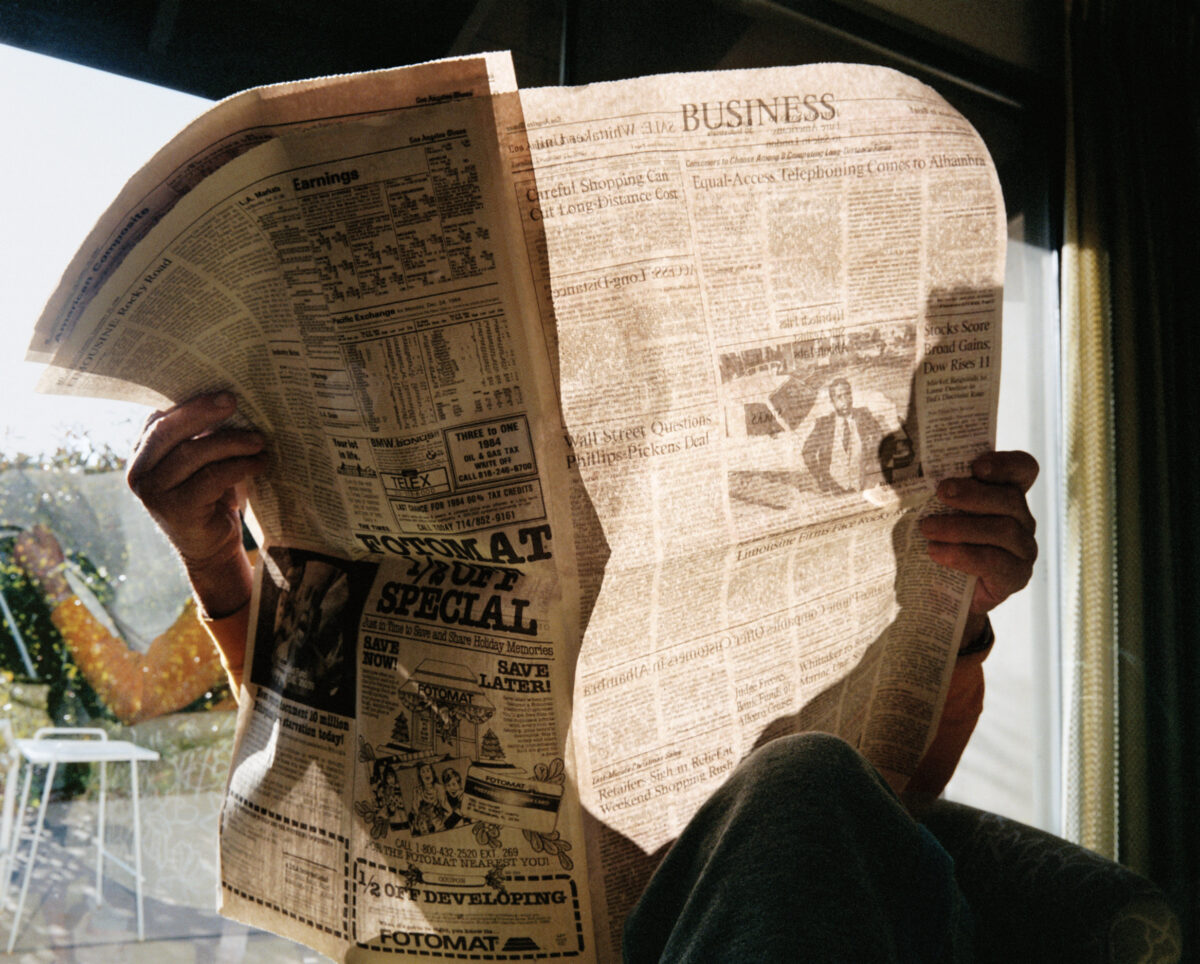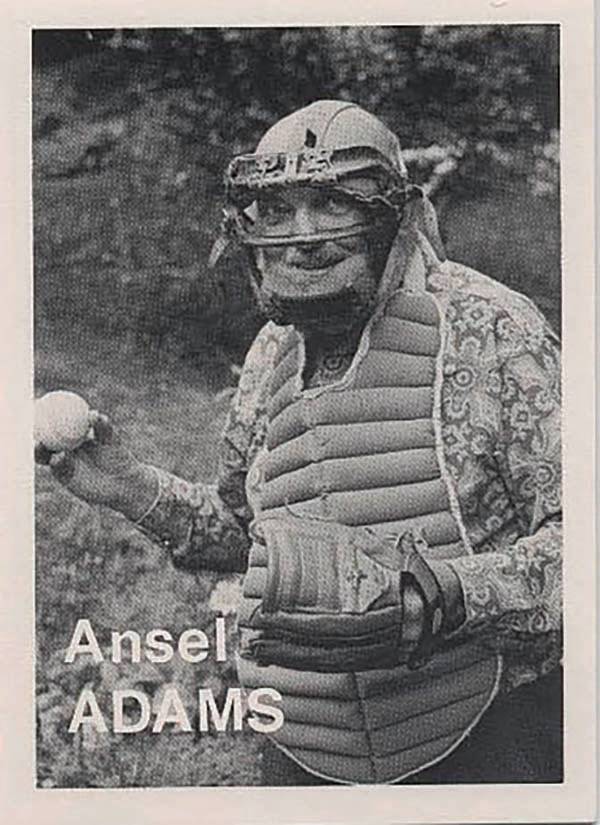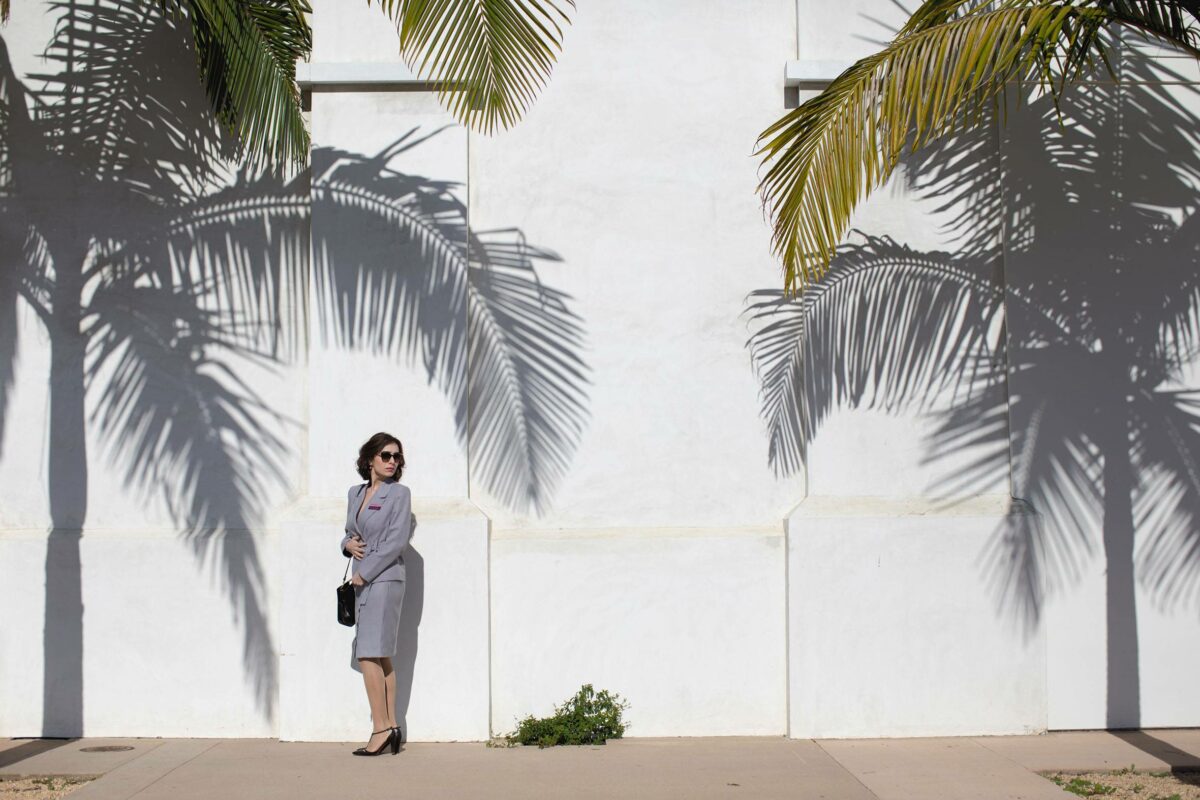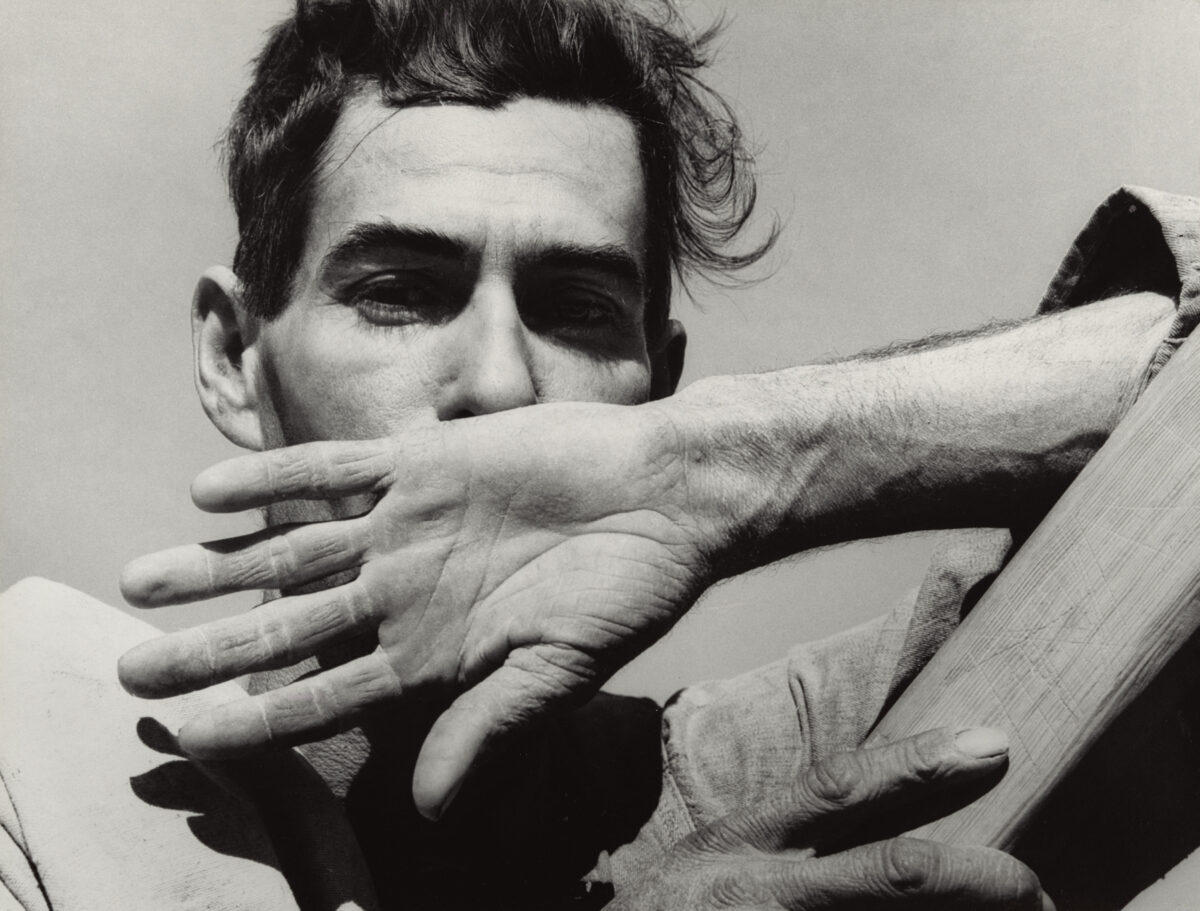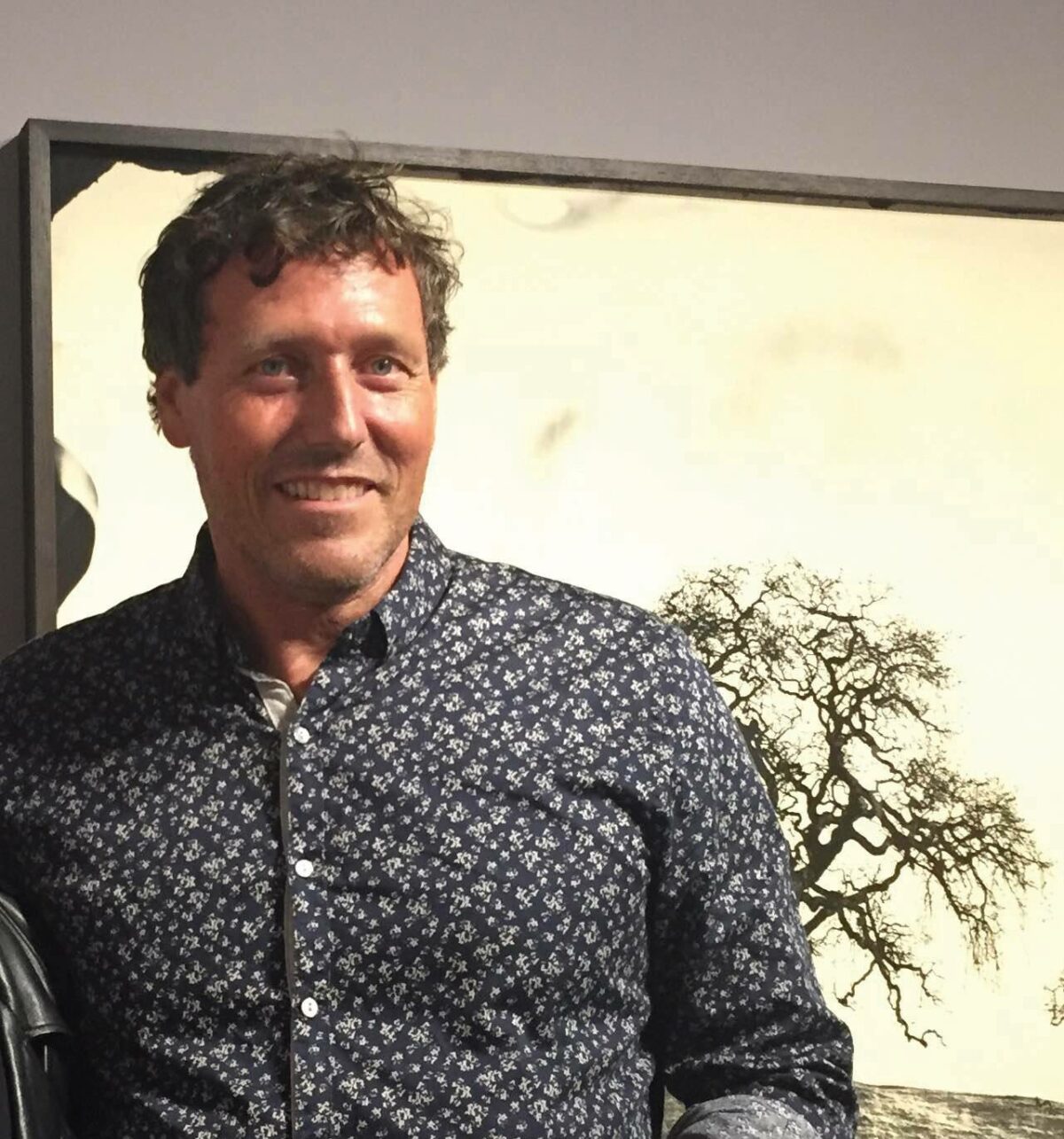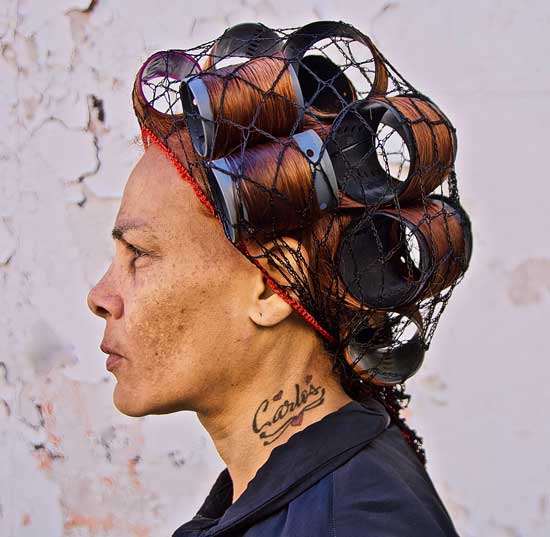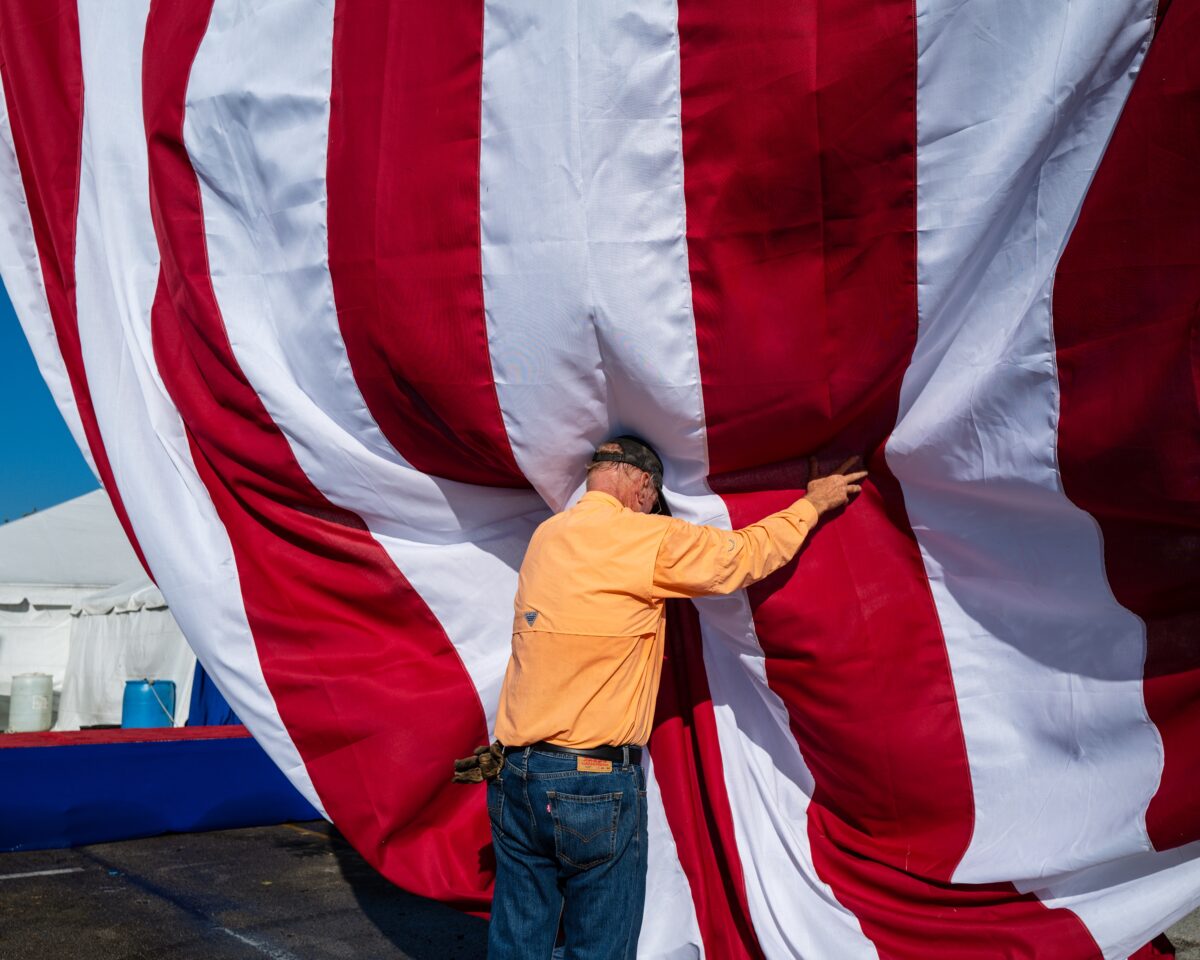Jona Frank’s polymorphous memoir project is a remembrance of a very American childhood. Rooted in photography, You Are Not Enough, on view through July 8, includes a full-length book titled Cherry Hill: A Childhood Reimagined (Monacelli Press, 2020), after the New Jersey town where Frank grew up in the 1960s and ‘70s, as well as sculpture, video, embroidery, and wallpaper design. She parses a life, re-creating memories and relaying archetypal family narratives. The gallery exhibition, an abbreviated version of a 2022 museum show at Bowdoin College Museum of Art in Maine, tells a fractured story of Frank’s coming of age in a white, middle-class Catholic home. The Frank family struggled with mental illness and that mid-century specter (particularly for young women): conformity.
Most of the photographs are staged re-creations. In the cinematic mode of artists including Gregory Crewdson, Jeff Wall, Diana Markosian, and Alex Prager, Frank revels in creating sets and directing actors – Laura Dern, in several conspicuous wigs, plays her mother, while Frank as a child and adolescent is portrayed by a succession of young women. Other references include Larry Sultan’s Pictures from Home, 1992, and Yasumasa Morimura’s English Major, 2018, in which a young actress in a white wig slips into a queen costume in a historic painting.
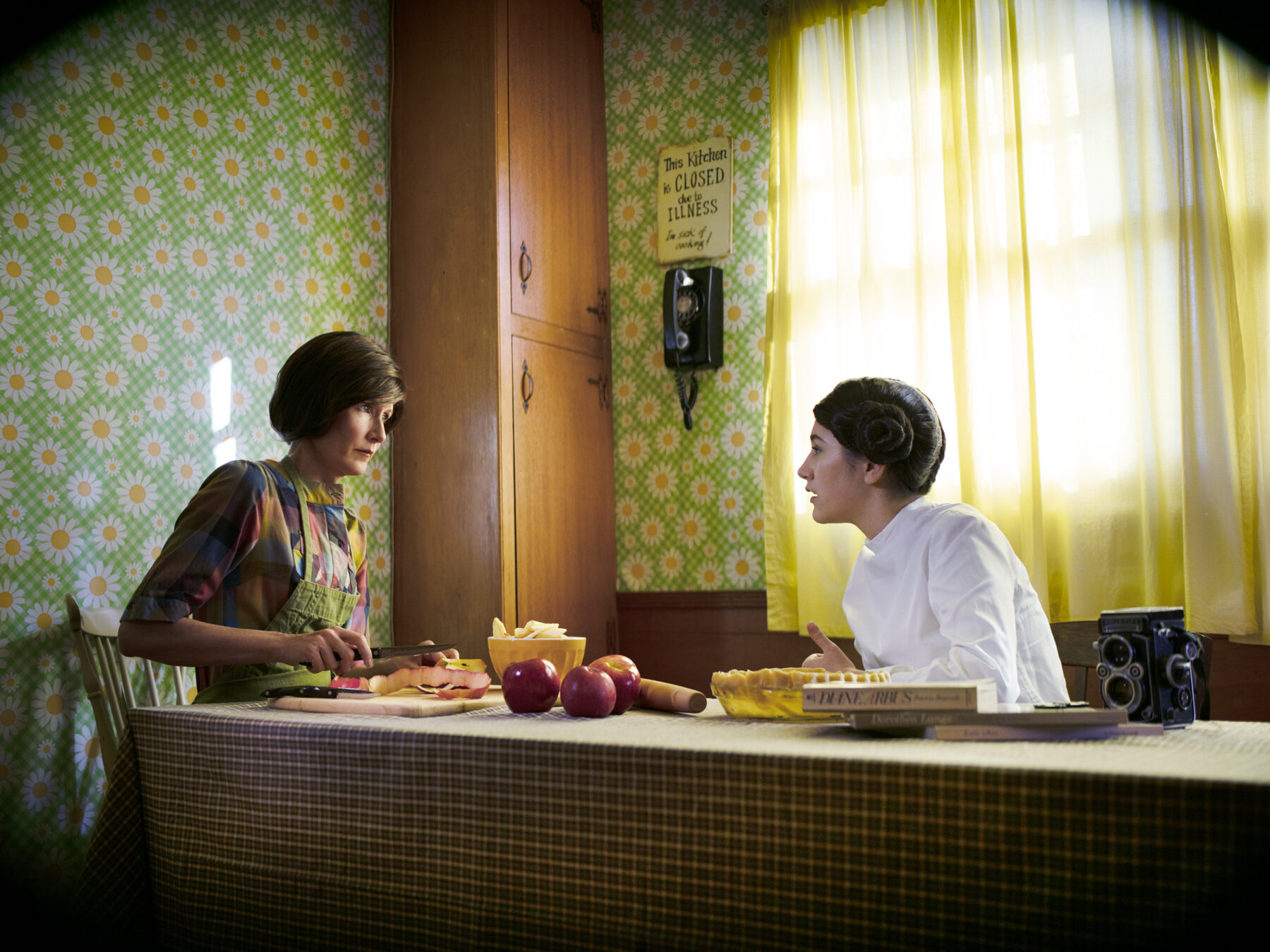

The settings are highly art-directed, with re-created wallpapers and vintage objects. (Frank also includes a miniature slide show of actual family photos projected inside a dollhouse sculpture, merging the real with the constructed.) For a 2016 photograph documenting a moment of childhood humiliation involving a toppling tower of Lucky Charms cereal boxes, Frank constructed 100 cereal boxes and shot the scene in a grocery store with fluorescent lighting and period-specific posters. In Mirror, Mirror, 2018, Dern (as the mother) and her young daughter pose in matching red dresses, holding pies, in a 1960s ranch house kitchen. Such pictures are not meant to be convincing as actual events – their artifice is glaring – but suggest the mutability of memories into tropes of film and fiction recognizable to many viewers.
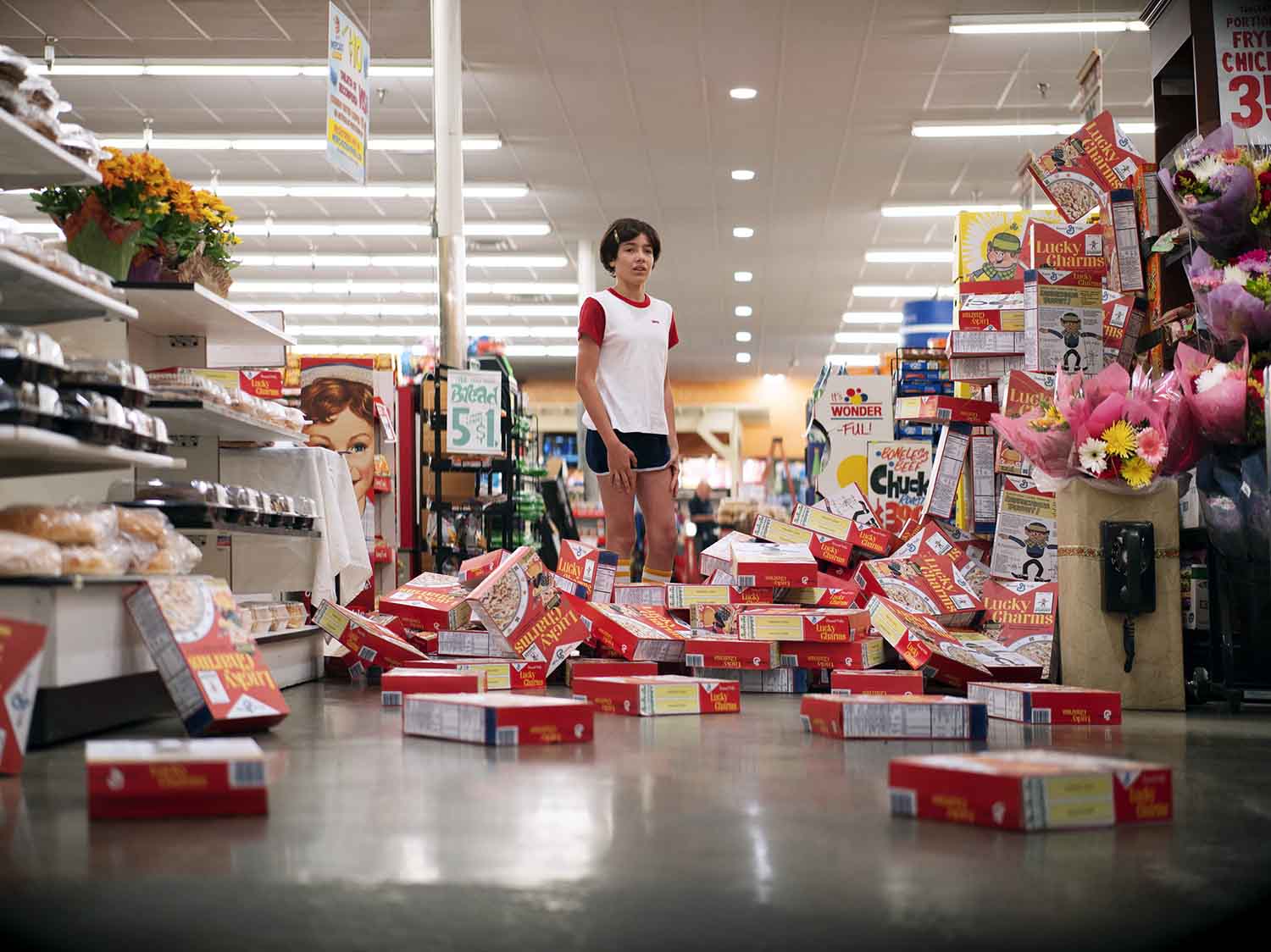

The sculptural objects, which include a quartet of faux-frosted birthday cakes decorated with the show’s title in sugary script, add a degree of funhouse playfulness. Every 30 minutes, a wall-mounted rotary phone rings three times, in the spirit of Yoko Ono’s Telephone Piece, 1964. This audible gesture has a way of jolting us out of the story and marking the passage of time. Perhaps because this exhibition was culled from a larger body of work, the selection feels disjointed. The mixture of different visual styles and forms, re-creations and authentic artifacts, muddle the message, though perhaps also reflect the complexity of memory, which is never as clean or as accurate as we’d like it to be.

